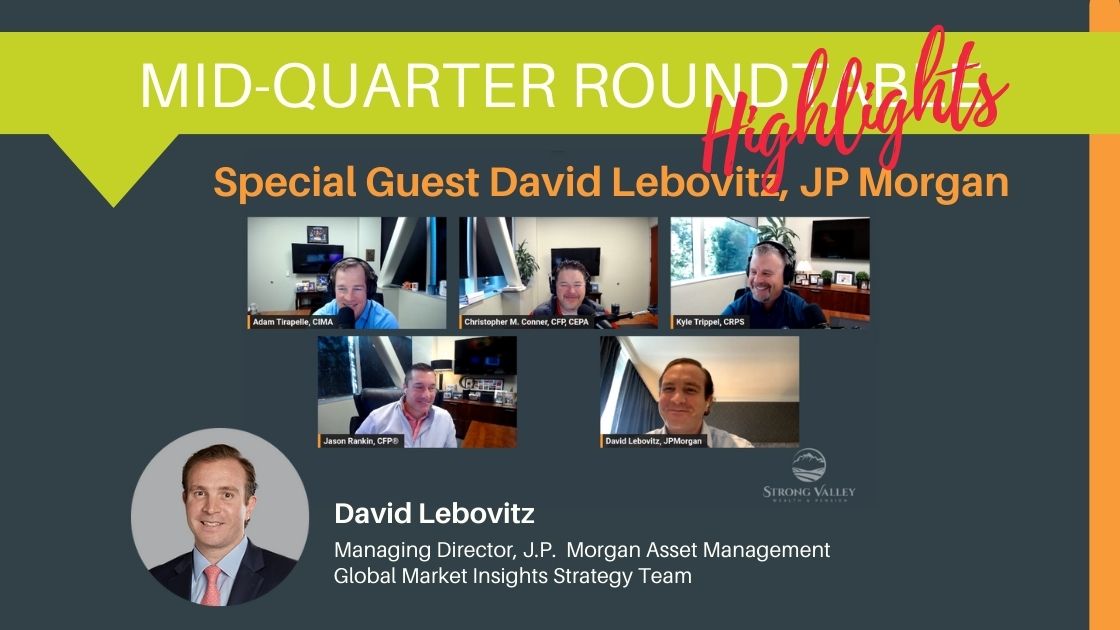You are now leaving the Strong Valley Wealth & Pension, LLC ("Strong Valley") website. By clicking on the "Schwab Alliance Access" link below you will be entering the Charles Schwab & Co., Inc. (“Schwab”) Website. Schwab is a registered broker-dealer, and is not affiliated with Strong Valley or any advisor(s) whose name(s) appears on this Website. Strong Valley is/are independently owned and operated. Schwab neither endorses nor recommends Strong Valley. Regardless of any referral or recommendation, Schwab does not endorse or recommend the investment strategy of any advisor. Schwab has agreements with Strong Valley under which Schwab provides Strong Valley with services related to your account. Schwab does not review the Strong Valley website(s), and makes no representation regarding the content of the Website(s). The information contained in the Strong Valley website should not be considered to be either a recommendation by Schwab or a solicitation of any offer to purchase or sell any securities.

Building and maintaining an emergency fund is a foundational piece of sound financial planning. Today’s world is unpredictable. The reality of important unexpected expenses can create significant financial stress. Here are 5 practical steps you can take to help build a financial safety net.

In today's unpredictable world, having an emergency fund is not just a financial recommendation – it's a necessity. The reality of unexpected expenses, whether they come from a medical emergency, sudden unemployment, or urgent home repairs, can create significant financial stress.
An emergency fund acts as a financial safety net, empowering you to manage these unforeseen costs without resorting to high-interest debt options like credit cards or loans.
Building an emergency fund requires a systematic approach, and here's how you can do it in five practical steps:
The first step in creating an emergency fund is to determine the amount you need to save. A common guideline is to have enough to cover three to six months of living expenses. This figure should include rent, utilities, groceries, and any other regular expenses that would need to be paid even during a period of financial distress. To personalize your fund, consider your job security, the stability of your income, and any dependents who rely on your earnings.
Once you know how much you need to save, the next step is to set a realistic timeline for achieving this goal. Start by reviewing your budget to see how much you can comfortably set aside each month without compromising your daily financial health.
For some, this might be a modest amount, while others might be able to save more aggressively. The key is consistency; even small amounts can grow significantly over time due to the power of compound interest.
The ideal location for your emergency fund is somewhere accessible but not too easily spent. High-yield savings accounts are a popular choice because they offer higher interest rates than regular savings accounts, helping your fund grow faster. These accounts also provide liquidity, allowing you to withdraw funds quickly and without penalties in case of an emergency.
With a clear idea of where to keep your emergency fund, the next step is to open an account. Look for banks that offer competitive interest rates and low fees. Online banks often provide higher yields than traditional brick-and-mortar banks. Ensure that any account you choose is insured by the Federal Deposit Insurance Corporation (FDIC) or the National Credit Union Administration (NCUA) for added security.
Finally, establish clear guidelines for when to use your emergency fund. It should only be used for true emergencies, such as unexpected medical expenses, crucial home repairs, or during a job loss—not for planned expenses or discretionary spending. After an emergency, focus on rebuilding the fund as soon as your financial situation stabilizes.
Building and maintaining an emergency fund is a fundamental aspect of sound financial planning. It provides not just financial security, but also peace of mind, knowing that you are prepared for life's unexpected events.
Start small, be consistent, and watch your safety net grow. This disciplined approach will help you avoid costly financial decisions and pursue stability in turbulent times.



